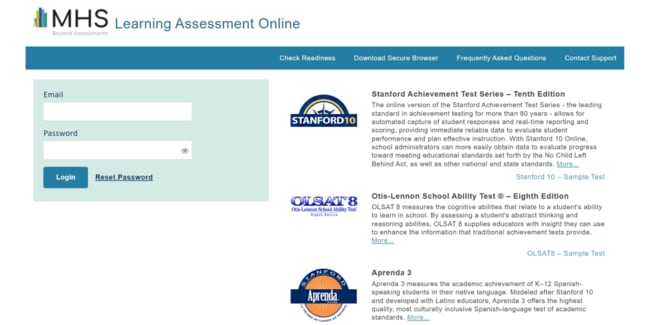For more than a century, the SAT10 has provided a valid and reliable measure of academic achievement toward state and national standards for students in grades K-12. Spanning language, reading, math, science, and social science domains, the SAT10 enables educators and administrators to make important instructional decisions for each student. Co-normed with the OLSAT8, the SAT10 is a multiple-choice assessment that has national norms and is available in print and digital formats. Clear reports show academic strengths in addition to the skills in need of more support. Parents also see home-based activities in each content area. The SAT10 is the most current version of the SAT. See our Guidance on using this assessment remotely.

Stanford Achievement Test Series | Tenth Edition
SAT10
For more than a century, the SAT10 has provided a valid and reliable measure of academic achievement toward state and national standards for students in grades K-12. Spanning language, reading, math, science, and social science domains, the SAT10 enables educators and administrators to make important instructional decisions for each student. Co-normed with the OLSAT8, the SAT10 is a multiple-choice assessment that has national norms and is available in print and digital formats. Clear reports show academic strengths in addition to the skills in need of more support. Parents also see home-based activities in each content area. The SAT10 is the most current version of the SAT. See our Guidance on using this assessment remotely.
Choose from our formats
Kits
Starter & complete kits, print & digital
13 options
Test forms & reports
Booklets, record forms, answer sheets, report usages & subscriptions
57 options
Support materials
Manuals, stimulus books, replacement items & other materials
91 options
All products
All tests & materials offered for SAT10
153 options
